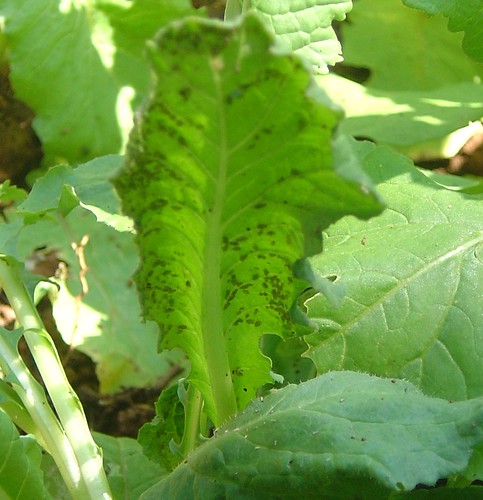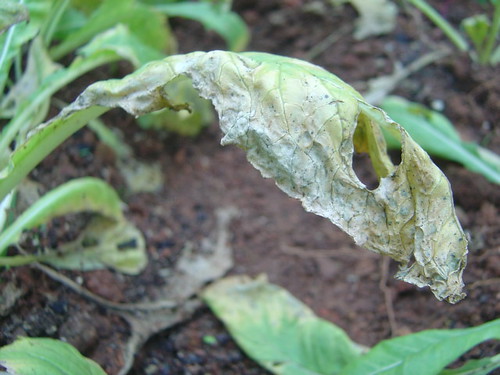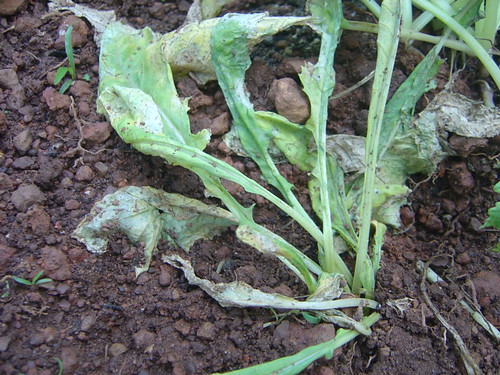Tuesday, June 16, 2009
Soap Nut
Someone I know has a HUGE tree growing in their garden - probably 4-5 floors high. She gave me a bagfull of dried reetha berries, since I'd mentioned I wanted to try washing clothes with it.
That was probably in March.
Finally I've gotten round to using it. I tried making liquid soap from it. I read somewhere online that you could boil about 100gms of reetha with about 2 ltrs of water. Some people don't like the smell of reetha, but I think it's rather nice, especially when it's boiling. Still, I added about 4-5 drops of lavender essential oil and the entire house was smelling heavenly!
I let it cool and strained out about a liter of brownish liquid. I've used it to wash my hair, some curtains that hadn't been washed in the last 8-9 months and two cotton dhurries. I used a washing machine for the last two.
The hair seems to be ok. It's only been one wash. Let me try and stick to just this for a few washes, and see what happens to my hair.
The curtains - well, they see, clean enough, nothing special.
The dhurries are on the clothes line, dripping dry.
As they say, early days. Let's wash some more and see what results we get.
There are some commercially available packs of reetha pods that are meant to be used in the washing-machine. I've heard about people using them, never met one who has, so nothing first-hand to relate to.
Wednesday, September 10, 2008
It's not over till it's over......
That said, it's time to move on.
Monday, November 26, 2007
Aphid Attack!!!!
What are aphids?
Aphids,also known as "plant lice", are pear-shaped, tiny (less than 1/8 inch in length), green/yellow/black insects that are found usually on the underside of leaves or along stems.
Aphids are sucking insects that draw great quantities of sap, causing leaves and stems to become discoloured and eventually distorted. Some plant sap is excreted as honeydew, which makes the plant sticky and attracts other insects like ants.
Wikipedia and What's that Bug have more reading material and photos that can help identify aphids and their species and You Grow Girl provides some recipes on how to treat an aphid attack.
In the case of the radish plot there were several ants around the infested plants, but I also found spiders and several webs along the soil!
I noticed the aphids on the 18th of Nov, but I took too long in acting on it. It was only on the 27th Nov (10 days later) that I began the treatment but alas! that was too late.
Here is what I was asked to do:
Take some tobacco (khaini -the non-peppermint type - it shouldnt cost more than a few rupees)Dunk 1/2 a teaspoon in 2 cups of water. steep overnight.Strain the juice and dilute 1:3 and use a spray to wetten the plant.Do this in the morning or the evening, once a day for a week or so.
Lessons:
1. Act FAST when your garden/crop is infested or diseased
2. Follow instructions about pest management
Sunday, November 18, 2007
Tambdi Bhaji
- Chinese spinach
- Pigweeds
- Yin Choi (China)
- Chauli (India)
- Thotakura (Andhra Pradesh, India)
- mullukkirai (Tamil Nadu, India)
- Jacob/Joseph's coat,
- Lenga lenga/biteku teku (Congo)
Deep purple leaves
Tambdi bhaji growing alongside radish
This site has some more pictures of the plant.
I've seen this commonly eaten in Goa. I don't remember seeing it growing up in Bombay, or in any of the northern states I've visited. Though it seems that it is common in Andhra Pradesh and Tamil Nadu.
This web-page suggests that Amaranthus was cultivated in Mexico over 7000 years ago and was used by the Aztecs as a source of food, mainly protein from the seeds that were used as a grain. There is other information on nutrition values on this page too.
It's not known how and when it came to India, but it has been grown in the Himalayan regions, along the east and west coast of India for several years now.
The seeds from this plant are used as grain and are high in protein, calcium, fiber and low in carbohydrates. This article by Sanjeev Kapoor points out that the grain, known as ram dana or rajgiri/rajagira, is a part of the Indian diet for many years. He suggests that when you combine rajgiri with other grains like say corn you end up with an amino acid balance which is richer than even meat and milk! No wonder this is one of the grains that make it to the list of 'fast-foods' (that is, food eaten when people fast :-) ).
I remember eating this grain as a light-weight chikki when I was little. It is also served up as ladoos. I had no idea it came from this red-leafed spinach.
The leaves (they vary in colour from green to deep purple) are known to have high levels of different minerals like calcium and iron and also a high level of fiber.
In Goa, this is a very fast growing leafy vegetable, grown during the winter crop during Oct-May. The seeds are very shiny-black and very small. In summer the plant tends to be more fibrous and less succulent and is very sensitive to waterlogging. The seeds are broadcasted on flat beds. Addition of organic manure is recommended and regular watering helps make the plants succulent (though do not let water collect, as it will kill the plant).
The leaves are harvested by pulling out the seedlings, or by cutting the plant 6-8 inches from the top. This cab be done 20-30 days after sowing. If the plant is left for too long, it become fibrous.
Saturday, November 17, 2007
Changes
- plucked, cooked and ate the first round of tambdi bhaji
- planted and sprouted tomato
- planted and am waiting for the capsicum's (red, yellow and green varieties) to sprout.
- whittled the radish bed and fed it a mix of compost+farmyard manure+neem cake
- spotted aphid-like insects/bugs on the underside of the radish leaves!!
- transplanted brinjal seedlings
Thursday, November 1, 2007
Radish Greens
I had planted both the local (Goan) and a hybrid (not sure which variety though) varieties. The first three rows from the left are the local variety and they sprouted first, within 3 days of planting. The hybrid variety came later (about 5-7 days after planting) but both seem to be doing equally well at the moment. I spotted some grasshoppers eating away at the leaves though. I'm waiting to taste them to see if there are any differences.
Monday, October 15, 2007
2 - 0
Local Varieties are in the lead - with raddish and cluster-beans scoring really early in the game (3 days only). It could be anybody's game, but a round of applauses for the early strikers, Local Varieties!!













